I was wondering what advantage is gained by modeling a power plug after the lower design. These are American power plugs, and they both exist.
Perhaps the only consumer-based effect gained by using the upper plug is that the plug can be put in upside down, which is helpful when using big, bulky wall warts.
I know that electricity-wise, the orientation really doesn't matter, and that the options below don't matter if there is a ground pin. The ground pin will limit the orientation to the upright position.
However, I can't really think of a solid advantage gained by the lower option.
Also, why are there sometimes holes in the end of the plug? I think that they may exist to save metal.
As always, thanks for your input.
